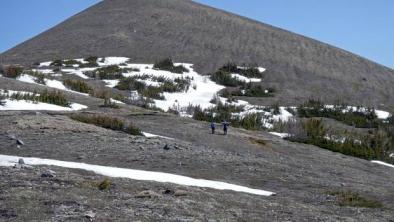Science Source
Observed Trends in Canada’s Climate and Influence of Low-Frequency Variability Modes
- Analyzes trends in Canada’s climate using recently updated data to provide a comprehensive view of climate variability and long-term changes over the period of instrumental record
- Examines trends in surface air temperature, precipitation, snow cover, and stream flow indices along with the potential impact of low frequency variability related to large-scale atmospheric and oceanic oscillations on these trends
- The results show that temperature has increased significantly inmost regions of Canada over the period 1948–2012, with the largest warming occurring in winter and spring
- Finds that precipitation has also increased, especially in the north
- Finds that changes in other climate and hydroclimatic variables, including a decrease in the amount of precipitation falling as snow in the south, fewer days with snow cover, an earlier start of the spring high-flow season, and an increase in April stream flow, are consistent with the observed warming and precipitation trends
- Finds that, for the period 1900–2012, there are sufficient temperature and precipitation data for trend analysis for southern Canada (south of 60°N) only
- Finds that during this period, temperature has increased significantly across the region, precipitation has increased, and the amount of precipitation falling as snow has decreased in many areas south of 55°N
- The results also show that modes of low-frequency variability modulate the spatial distribution and strength of the trends; however, they alone cannot explain the observed long-term trends in these climate variables



